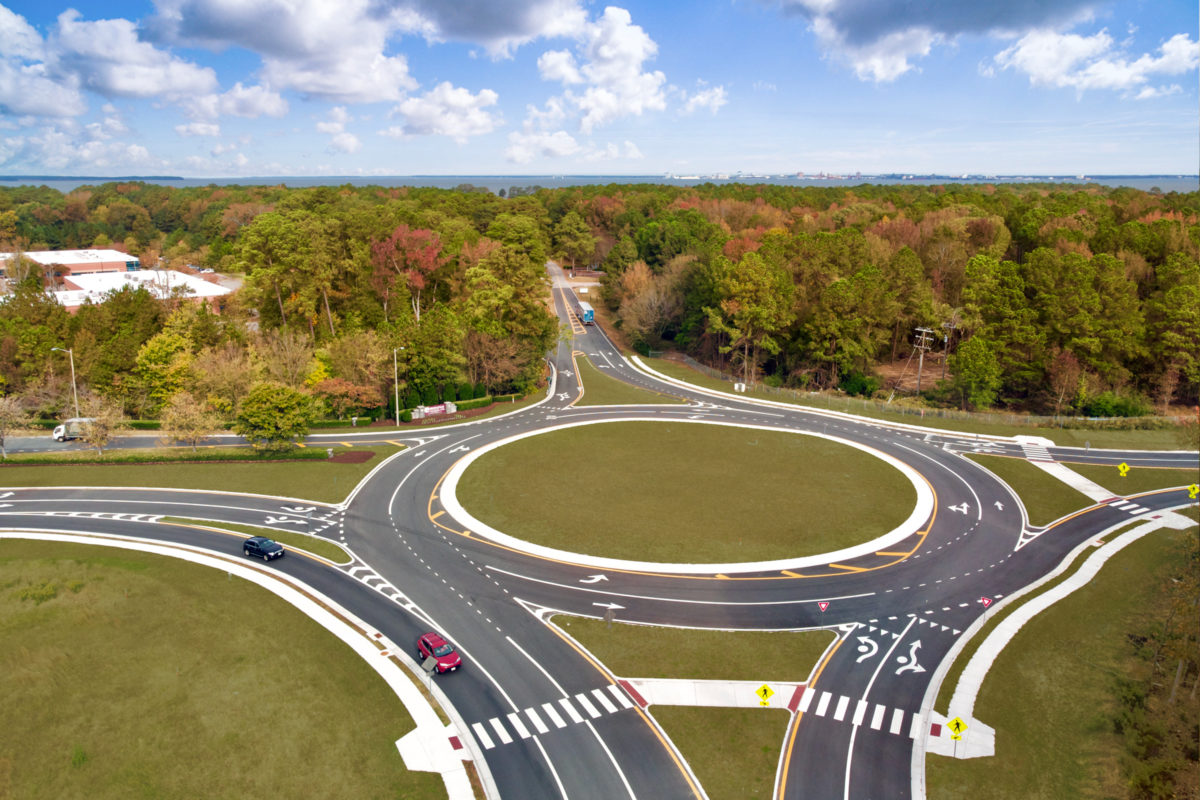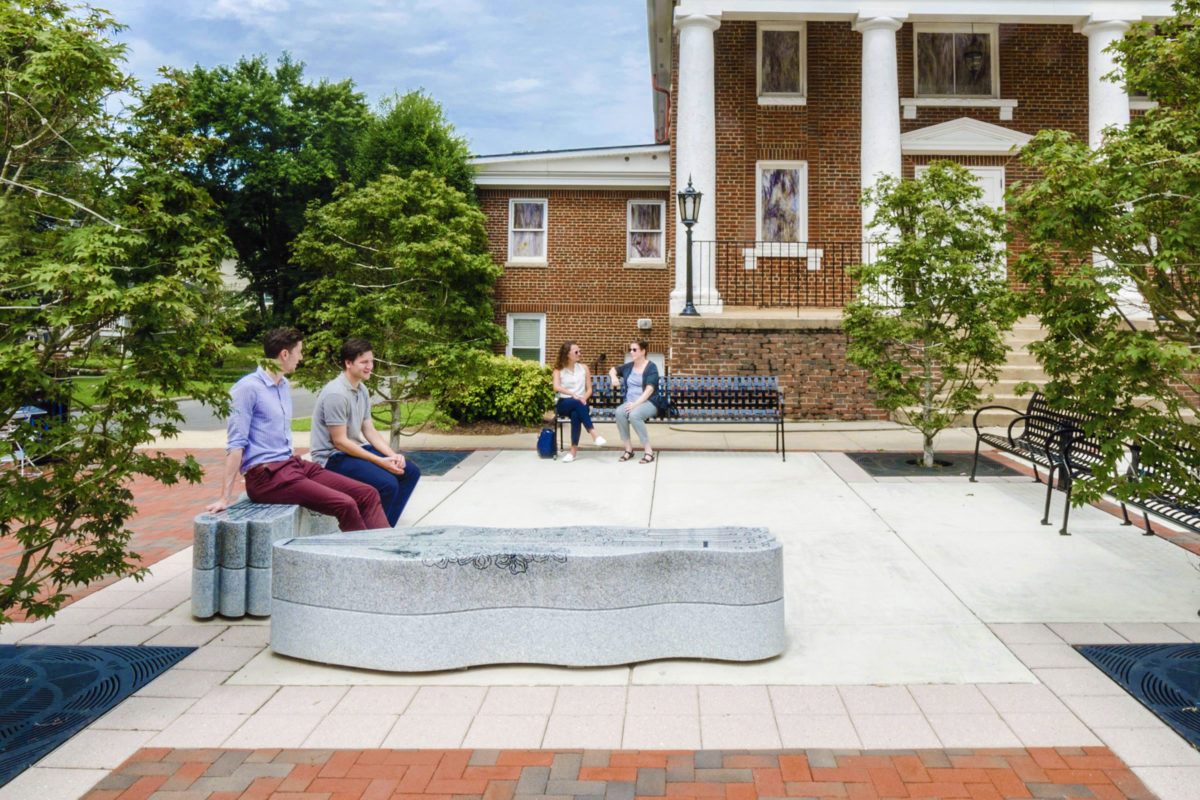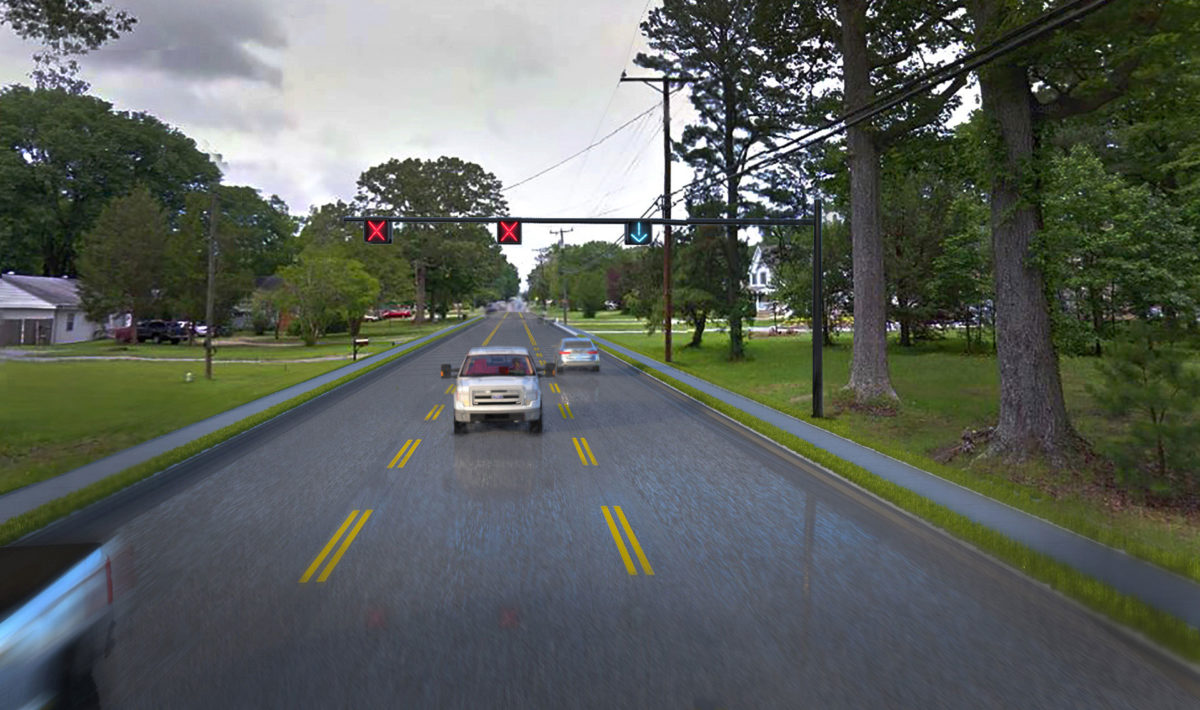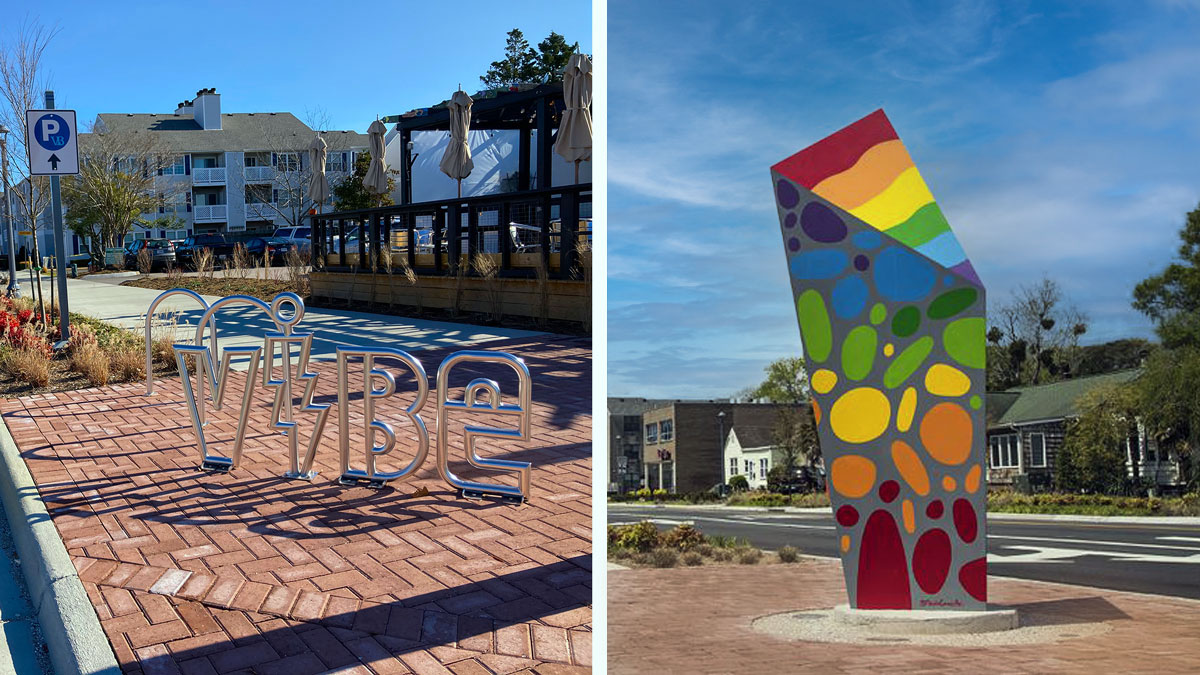5 Questions with an Expert: Whitney Duffy on Transportation Design

For this installment of 5 Questions with an Expert, I sat down with Whitney Duffy, the transportation department head in our Northern Virginia office, to talk about trends in transportation design and how COVID-19 has impacted our clients:
w
1. What are our clients talking or asking about most right now?
w
A hot topic with our clients pre-COVID was active transportation and the need to view roadway projects more holistically – to accommodate pedestrians and bicycles safely alongside vehicles. The pandemic only magnified this need. People began walking, biking, and generally utilizing outdoor space in urban and suburban areas even more than before. We are seeing an intense focus on complete streets, placemaking, sidewalk design, trails, and creating gathering spaces.
Another major topic is how to secure funding or grant opportunities to complete projects, and we often help our clients through this process. One of my colleagues, John Parkinson, leads our Grant & Funding Committee, which is specifically focused on identifying opportunities and creating strategies for pursuing funding.

2. What are the major trends in transportation design?
w
Active transportation, intelligent transportation systems, and alternative and innovative intersections are the three trends we are seeing most in our projects. As I mentioned, active transportation was already a hot topic and is only more so today. Before, projects often focused on widening the road for vehicles, but now the focus is on “complete streets,” which integrate all modes of transportation.
We also do a lot of intersection design, and some of that is still traffic signal design, but there is always an evaluation process where we work with our clients and consider alternative or innovative intersection solutions. Roundabouts, for example, are popular for safety and efficiency reasons. The main drivers behind alternative and innovative intersections are capacity and safety. Super streets, restricted crossing u-turns, and reduced conflict intersections, among other examples, have all grown in popularity for how they can improve traffic flow and vehicular and pedestrian safety.
I think intelligent transportation systems, or ITS, is a tremendous area of opportunity for roadway design. Using advanced technology to reduce the footprint of our projects has a positive ripple effect for communities and our environment by minimizing the impact to surrounding properties and the land itself.

The ability to widen Wythe Creek Road in Poquoson, VA was in question until ITS was proposed. In this case, implementing ITS reduced the number of private properties VDOT needed to purchase for Right-of-Way from four to zero, benefiting not only project cost but also community relations.
3. What is the most innovative thing you’ve seen come to the market in the last few years?
w
Placemaking has really changed the way people view and experience roadway design. I think people always think “technology,” when they hear innovation, and not everything is about that! When you’re working with a municipality, giving meaning and creating a sense of place for their community is what elevates a transportation project to the next level. 18th and 19th Streets in Virginia Beach, and Academy Street in Cary, NC are really good examples of what it means to design more than a road or a sidewalk – those designs are unique and reflective of those specific communities.
4. Is there a recent project that stands out in your mind for its impact in its community?
w
I have to go back to the way projects like 18th and 19th Streets in Virginia Beach impact their communities – it is very powerful. These streets are in the ViBe District, which is a cultural arts enclave that also serves as a connector from municipal facilities to the oceanfront. One of the early strategies to spur economic development in the area was to create a walkable urban district with wide sidewalks, seating, bike racks, and environmental canvases for local artists.

The integration of art with a great multi-modal experience makes these streetscapes expressive and playful. They truly brand the environment and reinforce what the community is known for – in this case, a vibrant, fun beach town.
5. Do you have a favorite thing about your work?
w
I really love that when I talk about transportation, whoever I’m talking to doesn’t have to be an expert to understand what I mean. Any citizen can have a great idea or help solve a transportation problem. Because the public experiences our solutions in a very direct way, they can understand our work more easily. I also enjoy thinking about trends and creative solutions. I didn’t expect it when I was starting out, but I’ve discovered that I can do the technical work and follow transportation standards, and there is also plenty of opportunity to be creative with our solutions. I really value that.
Whitney Duffy, PE, PTOE, LEED AP, is the transportation is the transportation department head and primary transportation contact in Clark Nexsen’s Vienna, Virginia office. She offers her clients more than 17 years of experience with transportation planning, traffic engineering, and road development projects. To speak with Whitney, please call 703.822.4846 or email wduffy@clarknexsen.com.